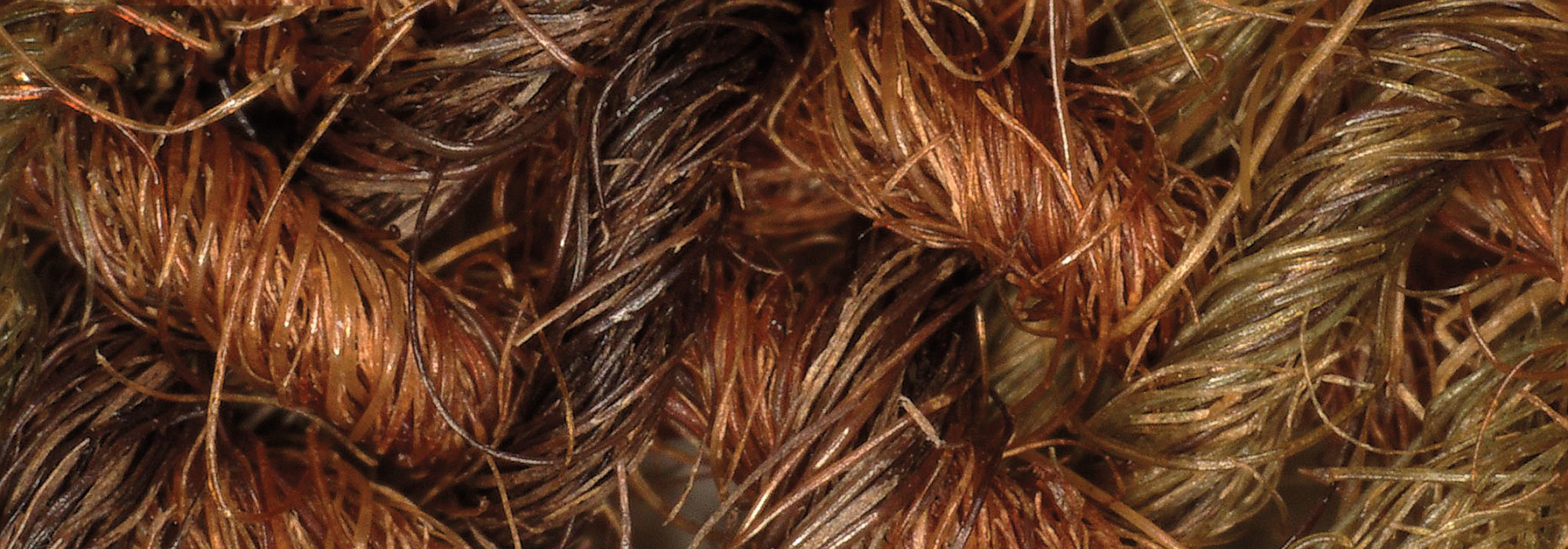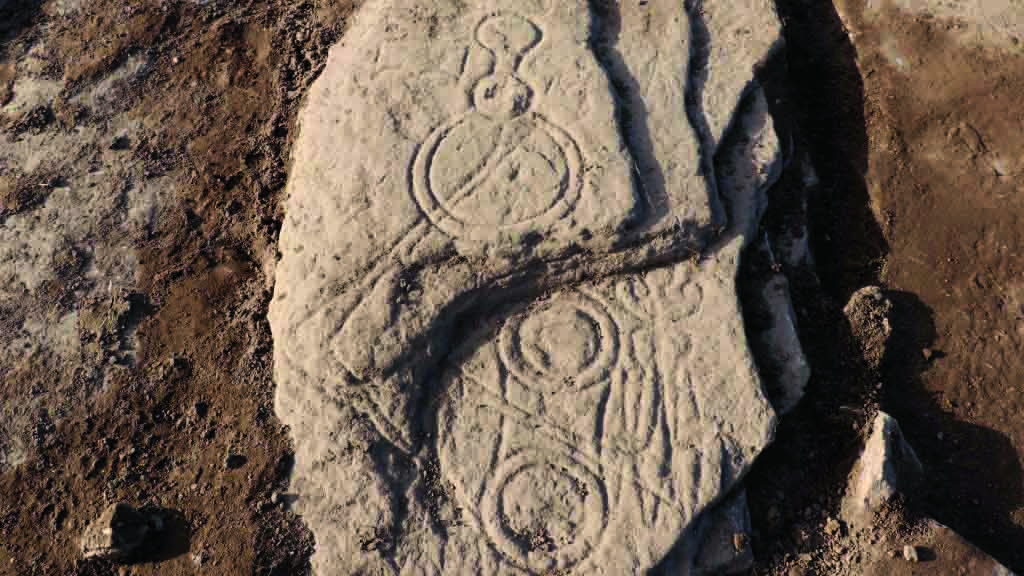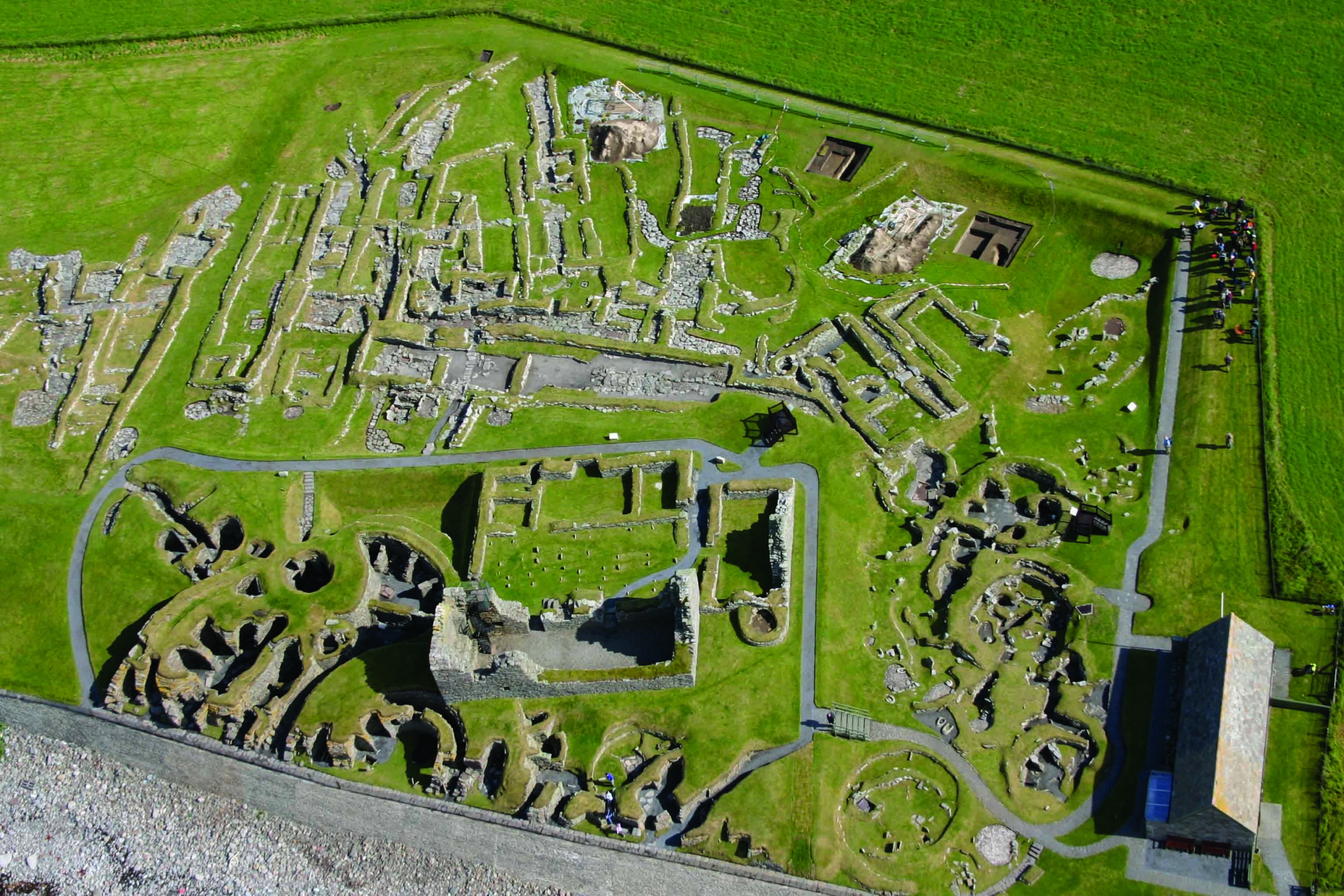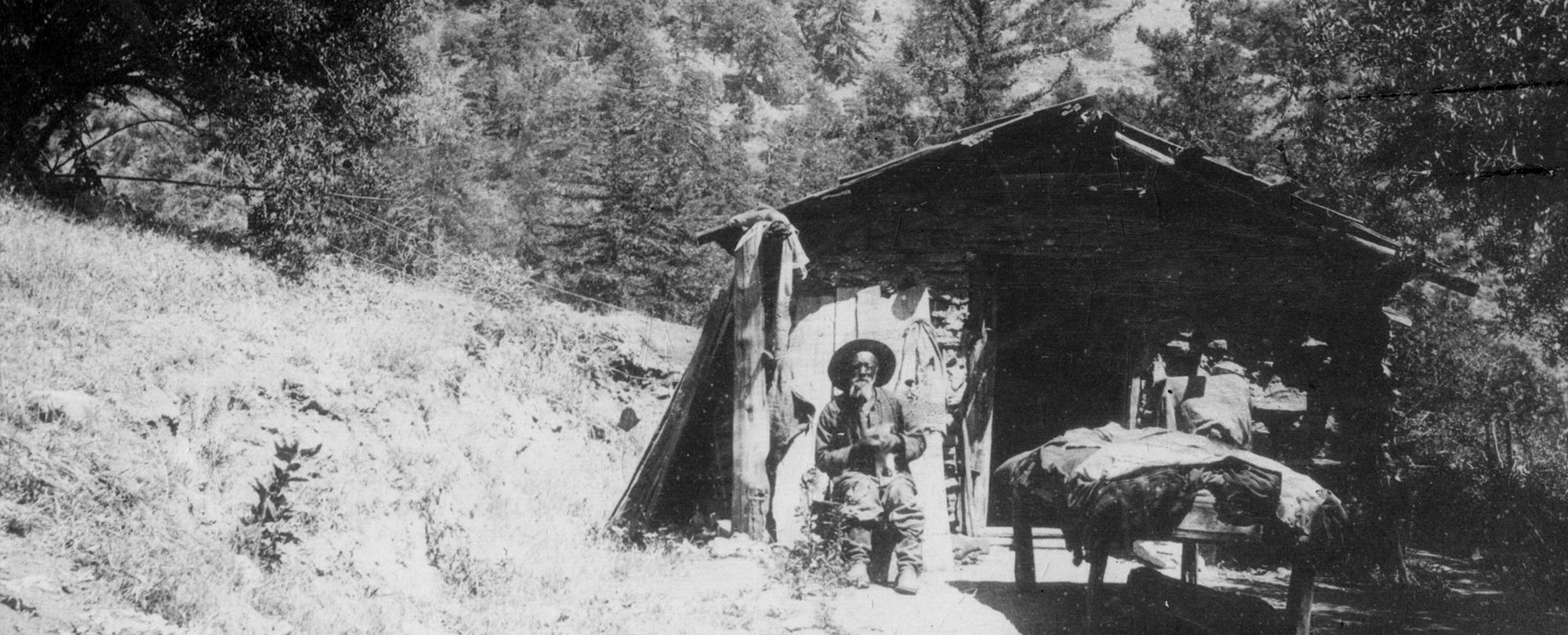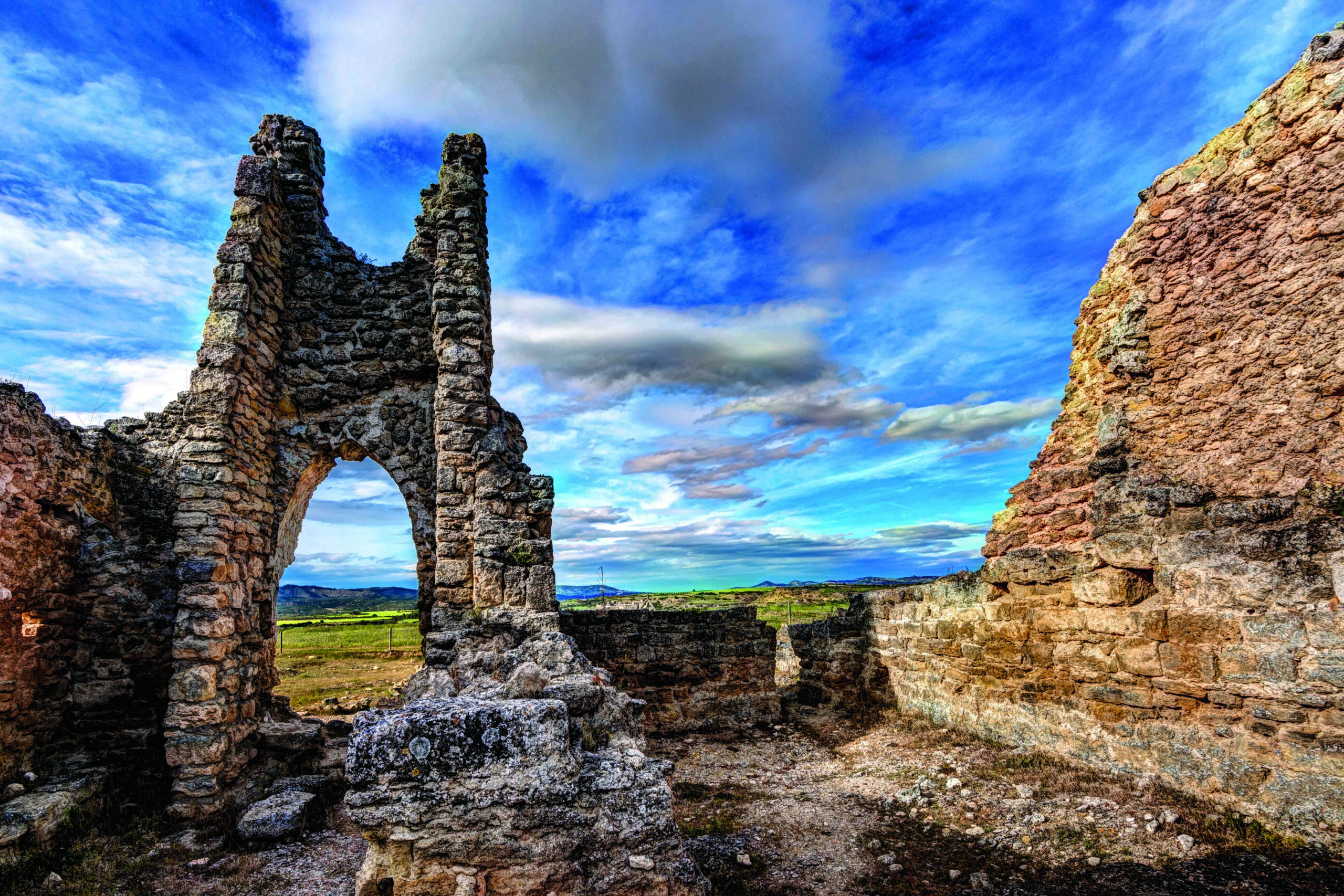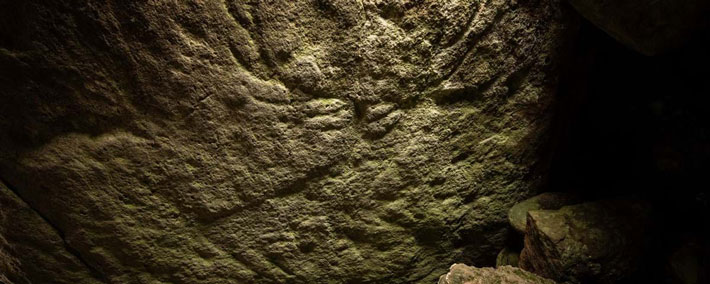
ARGYLL, SCOTLAND—The Guardian reports that carved images of red deer have been found in western Scotland at Dunchraigaig cairn, in an area known for prehistoric cup and ring markings, by archaeology student Hamish Fenton. The carvings, on the capstone of a burial cist situated on the side of the cairn, are estimated to be between 4,000 and 5,000 years old. “As I shone the torch around [inside the cist], I noticed a pattern on the underside of the roof slab which didn’t appear to be natural markings in the rock,” Fenton said. “I could see that I was looking at a deer stag upside down, and as I continued looking around, more animals appeared on the rock.” Researchers from Historic Environment Scotland have made 3-D scans of the carvings. “While there are a few prehistoric carvings of deer in the UK, the only other ones created in the early Bronze Age are very schematic,” added investigator Tertia Barnett. “It is remarkable that these carvings in Dunchraigaig cairn show such great anatomical detail and there is no doubt about which animal species they represent,” she concluded. To read about a famous 4,800-year-old passage grave on the island of Orkney, go to "Around the World: Scotland."


